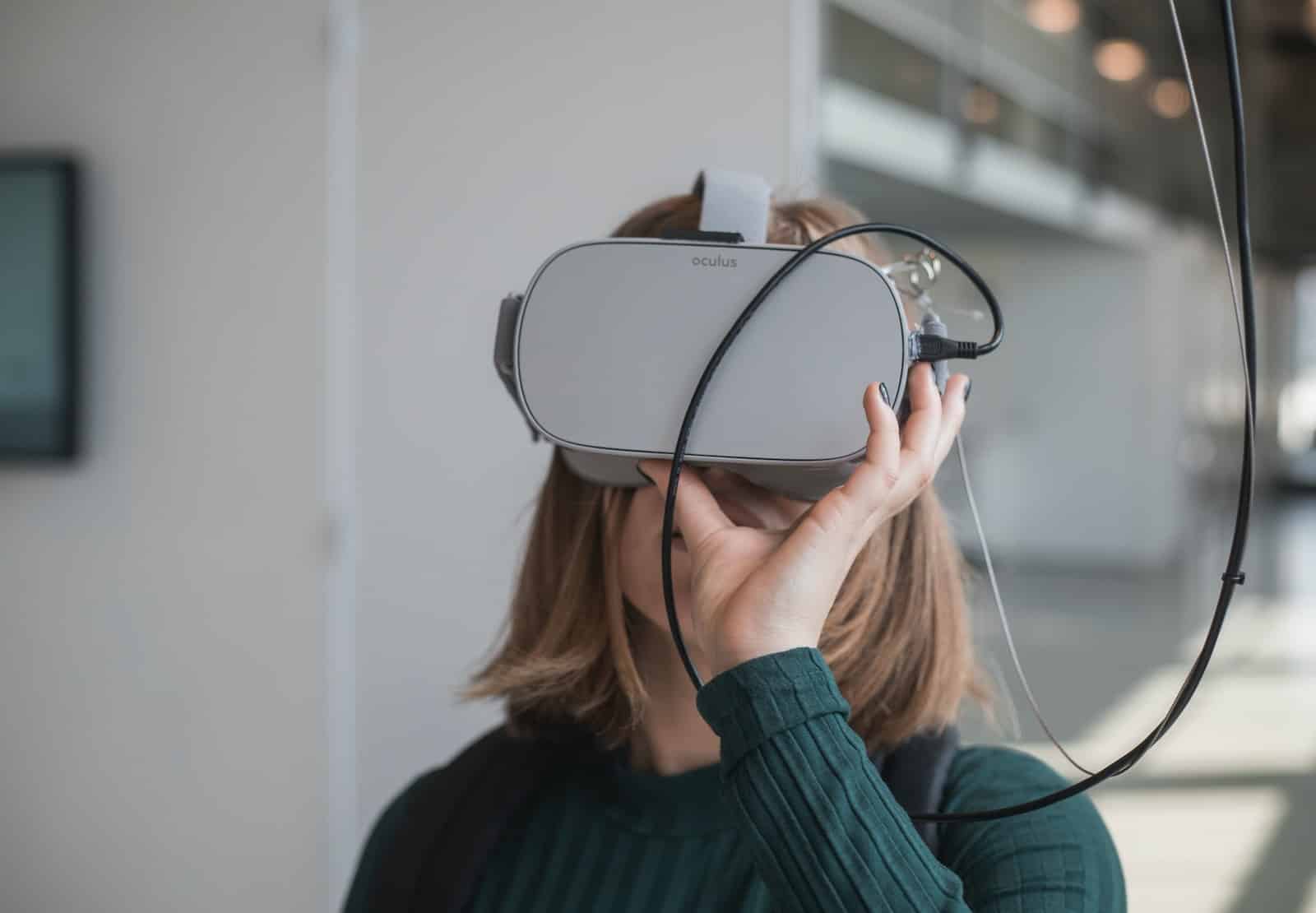Educational technologies: the future of learning

In the ever-evolving landscape of education, technology plays an increasingly vital role in transforming teaching and learning processes. As you read this article, you will gain insights into the revolutionary educational tools that are shaping the future of learning. Brace yourself for an exhilarating journey through the digital world of education.
Harnessing Technology for Enhanced Learning
Let’s start by diving deep into the significance of technology in education. Technology has revolutionized every aspect of our lives, and education is no exception. The advent of digital tools and online technologies has reshaped the ways students learn and teachers teach.
A lire également : The future of augmented reality
In the past, the classroom was the only place where students could gain knowledge. However, with the emergence of educational technologies, learning is no longer confined to the four walls of a classroom. It has become more flexible, interactive, and engaging, thus encouraging students to take more control of their learning.
Educational technologies such as Learning Management Systems (LMS), virtual reality (VR), and mobile apps have made learning more accessible, personalized, and fun. They enable students to learn at their own pace, explore new ideas, collaborate with their peers, and develop critical thinking skills. Furthermore, they provide teachers with a platform to track students’ progress, provide instant feedback, and create engaging learning experiences.
Avez-vous vu cela : The new frontiers of telemedicine
The Impact of Online Learning
Next, let’s delve into the impact of online learning on education. The emergence of the internet has made it possible for students to access a wealth of information at their fingertips. Online learning platforms, e-books, and digital libraries have eliminated geographical barriers, providing students with the opportunity to learn anytime, anywhere.
Online learning offers a plethora of benefits. It provides a flexible learning environment, making it ideal for those who cannot commit to traditional classroom schedules. It encourages self-paced learning, allowing students to progress at their own pace. It also supports collaborative learning through online discussion forums and group projects.
Moreover, online learning prepares students for the future by equipping them with the digital skills they will need in the workforce. It promotes independent learning, critical thinking, and problem-solving skills, which are highly valued in today’s digital workforce.
Embracing Virtual and Interactive Learning
The next step in our exploration of educational technology is virtual and interactive learning. Virtual Reality (VR), Augmented Reality (AR), and Mixed Reality (MR) are powerful tools that provide immersive and interactive learning experiences.
VR, for example, allows students to explore virtual environments, conduct virtual experiments, and experience historical events firsthand. This immersive form of learning captures students’ interest, enhances their understanding, and improves their retention of information.
AR, on the other hand, overlays digital information onto the physical world, creating an interactive learning environment. It provides students with the opportunity to interact with 3D models, conduct virtual dissections, and explore the world without leaving their classroom.
Lastly, MR combines the best features of VR and AR, providing an immersive and interactive learning environment. It allows students to manipulate virtual objects in the real world, fostering creativity, collaboration, and problem-solving skills.
The Role of Teachers in Technological Education
Teachers play a crucial role in the successful integration of technology in education. They are the ones who leverage these tools to create meaningful learning experiences. With technology, teachers can design engaging lessons, provide personalized instruction, and track students’ progress in real time.
Moreover, teachers act as facilitators in a technology-rich classroom. They guide students in their learning journey, providing support and feedback as needed. They also model digital citizenship, teaching students how to use technology responsibly.
However, the effective use of technology in the classroom requires a shift from traditional teaching methods to more innovative ones. Teachers need to receive ongoing professional development to keep up with the latest educational technologies and best practices.
Preparing Schools for The Future
In conclusion, as we move towards an increasingly digital future, it’s imperative for schools to embrace educational technologies. Integrating technology into the curriculum not only enhances teaching and learning but also prepares students for the future.
Schools should invest in infrastructure to support the use of technology, provide teacher training, and develop a technology plan that aligns with their educational goals. They should also encourage a culture of innovation, where teachers and students are empowered to explore, experiment, and create with technology.
By embracing educational technologies, schools can provide an enriched learning environment that fosters creativity, collaboration, and critical thinking. And in doing so, they will equip students with the skills they need to thrive in the future. As we forge ahead in this digital age, the future of learning indeed seems bright and promising.
The Power of Artificial Intelligence in Education
One of the most promising educational technology trends is the use of artificial intelligence (AI). By mimicking human intelligence, AI has the potential to revolutionize the education system. It can automate administrative tasks, provide personalized learning, and enhance teaching-learning methods.
In the administrative department of schools and higher education institutions, AI can streamline tedious tasks like scheduling, grading, and admissions. Through automation, AI not only reduces administrative workload but also eliminates human error, increasing efficiency and accuracy.
Then comes the concept of personalized learning. AI-powered adaptive learning systems can analyze a student’s learning style, pace, and understanding to provide customized content and resources. This personalization in education technology makes the learning process more effective and engaging for each student.
Moreover, AI can supplement teaching methods by providing real-time assistance to students. AI-powered chatbots and virtual assistants can answer students’ queries, provide feedback, and even assist in homework. They are available 24/7, ensuring that students can access academic support anytime they need it.
Towards a Digital Transformation in Education
A digital transformation in education means leveraging technology to enhance teaching and learning methods. Digital transformation is more than just using technology; it’s about changing the way we teach and learn. It involves integrating learning technologies into the curriculum, redesigning learning spaces, and promoting a culture of innovation.
This transformation begins by equipping classrooms with advanced learning tools like interactive whiteboards, tablets, and projectors. These tools enhance the learning experience by making lessons more interactive and engaging.
Additionally, redesigning learning spaces means moving away from traditional rows of desks towards flexible seating arrangements that foster collaboration. It could also involve creating tech labs or makerspaces where students can experiment, create, and learn through hands-on projects.
Promoting a culture of innovation involves encouraging teachers and students to experiment with new technologies and teaching methods. It’s about fostering a growth mindset, where failures are seen as opportunities for learning and improvement.
Conclusion: The Future of Learning
As we look ahead, it’s clear that educational technology will play a pivotal role in shaping the future education. From online learning to VR and AI, technology is transforming the education landscape, making learning more accessible, engaging, and personalized.
In this digital era, schools must be proactive in embracing these changes. They need to invest in technology, provide teacher training, and foster a culture of innovation. The goal is not just to keep up with the digital transformation but to leverage it to enhance the learning experience.
The future of learning is not about replacing teachers with technology; it’s about using technology to empower teachers and engage students. By integrating technology into the curriculum, schools can provide a richer, more interactive learning experience. They can equip students with the skills they need to thrive in the digital age.
In the end, the goal of education is not just to impart knowledge but to inspire a lifelong love for learning. With the help of educational technology, we can make education more engaging, interactive, and meaningful. As we look towards the future, there is no doubt that technology will continue to shape the future of learning, making it more exciting than ever before.
